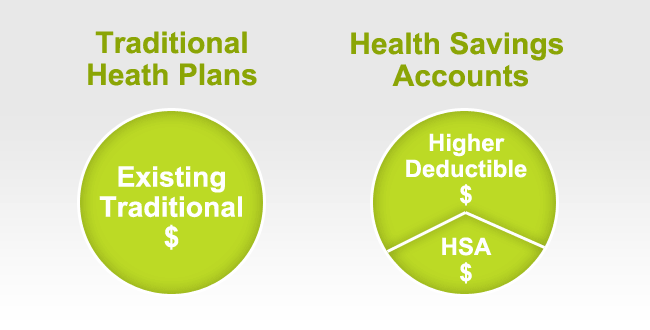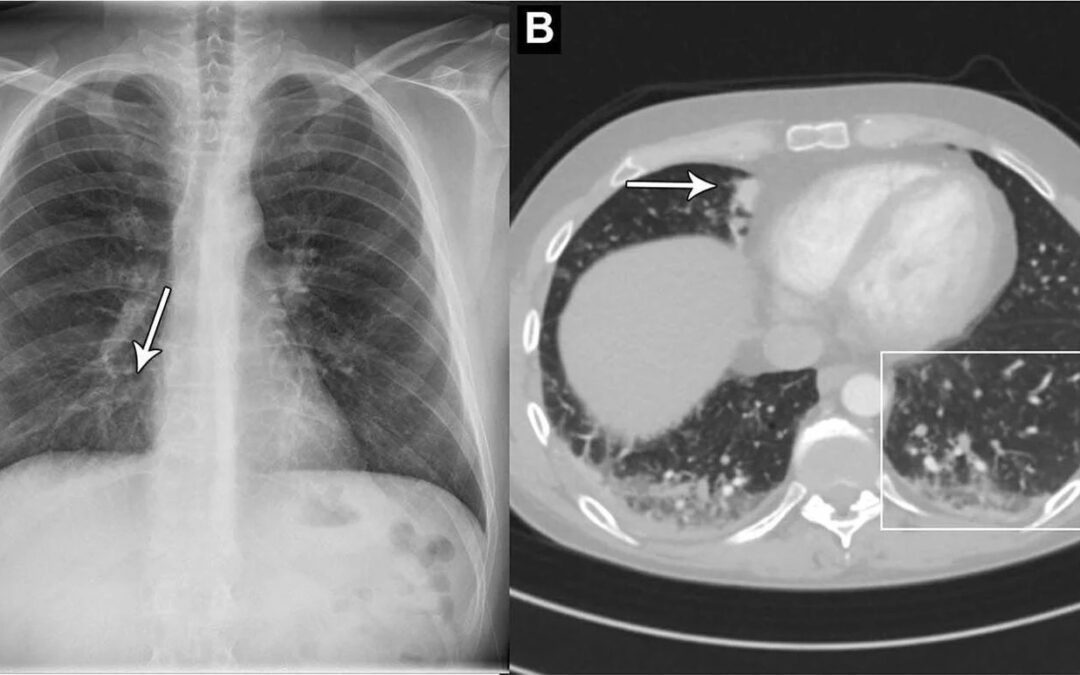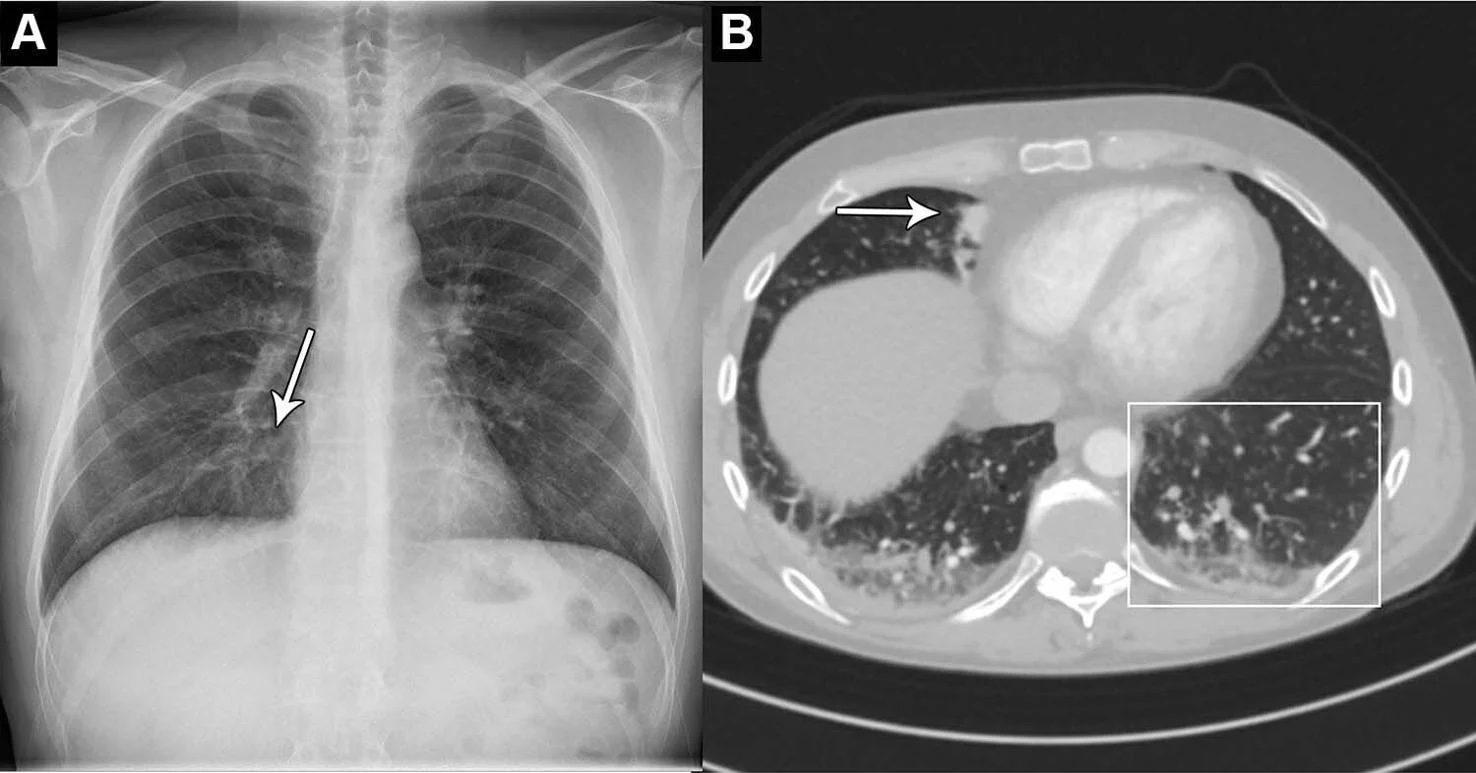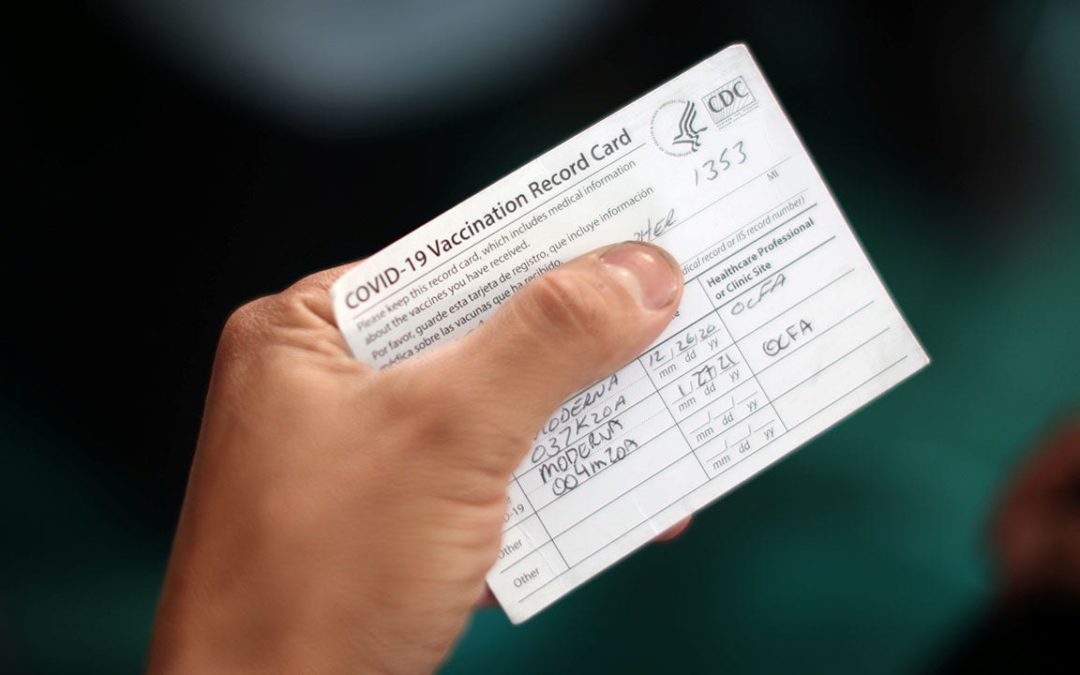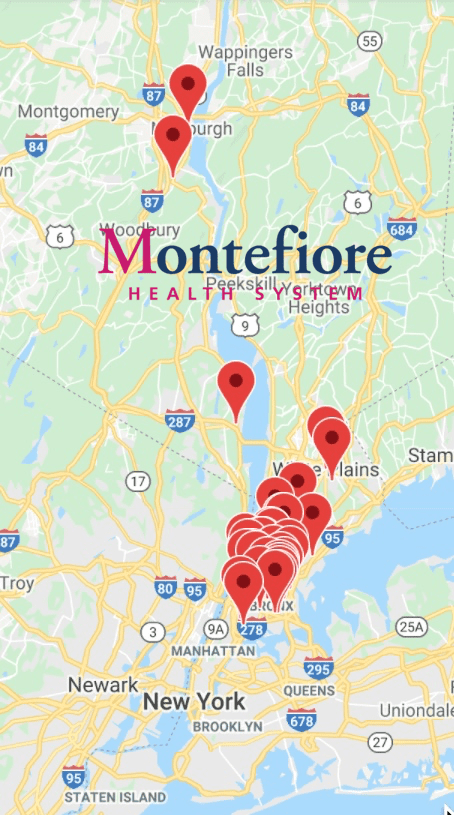
5 Trends Shaping The Future Of Employee Wellness
Healthcare is constantly evolving, shaping how people view their health and well-being. The complexities of managing rising healthcare costs, the continuous evolution of the modern workplace, and a heightened focus on employee wellbeing highlight the necessity for a broader perspective on the concept of “workplace wellbeing.”
To be successful, organizations must construct a future that works for everyone, including individuals, the workforce, and the organization.
How will employers invest in workplace well-being?
According to a Great Place to Work and Johns Hopkins survey in 2023, employee well-being is a key predictor of employee retention and referrals. It identifies that:
- Promoting employee well-being requires consistent listening and regular communication with employees.
- Employees who experience high levels of well-being in the workplace are three times more likely to stay with their employer.
- Employees who experience high levels of well-being in the workplace are three times more likely to recommend their employer to others.
It’s safe to say that providing a culture of health and well-being within your organization significantly impacts more than just healthcare costs and physical health.
Think about every aspect of your life where support is needed—and how everyone’s list differs. Wellbeing at work should be addressed by supporting the “whole person.” This means employers should support not only physical health but also the following:
- Mental health
- Digital wellbeing
- A work-life balance
- Financial wellbeing
- Family support services
Although this list is not exhaustive, it highlights the complex and interdependent nature of workplace wellbeing needs.

5 trends that will shape the future of employee wellbeing:
Mental Health and Emotional Wellbeing:
Emotional wellbeing has taken center stage in the post-pandemic years. One positive outcome of the pandemic is the awareness and need for greater mental health resources and the de-stigmatization of mental health in the workplace. According to a Gallup poll, 19% of U.S. workers rate their mental health as fair or poor.
Here are some of the things that are being implemented as they relate to mental wellbeing at work:
- “Safe Space” communities: Employees can access mental health resources and learn to support others while sharing personal stories.
- Manager’s Training: Leaders can access training to learn how to be effective listeners, identify, and respond swiftly to the mental health needs of their teams. These training courses also help inform company policy needs and provide a framework to be developed within all areas of the organization.
- Mindfulness Resources: Incorporating relaxation solutions into the workplace with on-the-go apps, online platforms, calm spaces, or meditation rooms involves integrating mindfulness tools into communication platforms.
The Continued Rise of Technology – Driven Solutions
The intersection of convenience, privacy, and adaptability is crucial for digital wellbeing tools. Integrating technology into employee wellbeing programs not only improves accessibility and convenience but also enhances data collection and analysis, which helps organizations gain insight into health trends and potential interventions. Finding a way to tie these different technology systems together will be instrumental when it comes to the interconnectedness of data and programs.
Some solutions are determined to stick around, and ones that you might consider include:
- Personalized Wellness Platforms: Artificial Intelligence (AI) is inspired to adapt to individual preferences and circumstances with constantly evolving algorithms that adjust real-time recommendations based on new user data, behavioral patterns, personalized content, and customized plans.
- Telehealth Solutions: With multi-modal consultation formats and interactive platforms, integrated health allows individual solutions to be consolidated into more holistic platforms, bringing together everything someone needs in one place.
- Wearable Technology: Fitness trackers and smartwatches are being used to monitor physical activity, sleep patterns, and overall health. Wearables that adapt their tracking based on user lifestyle algorithms will be instrumental in personalization and customization.

Flexibility and Work/Life Balance:
The COVID-19 pandemic forced organizations to adopt remote work arrangements on an unprecedented scale. Whether your office now promotes a worksite that is hybrid, in-office, or remote, having flexible work arrangements helps accommodate employees, enhance work-life balance, and make companies more attractive.
Develop strategies to support employees wherever they are:
- Virtual Wellness and Fitness Classes: Allow employees to participate in their health and wellbeing wherever they are.
- Telehealth Visits: Offers flexibility to talk with a doctor from the comfort of their home.
- Virtual Team-building Activities: Allow employees to connect even though they are not physically together.
- Invest in Technology Tools: Facilitating seamless collaboration among remote and in-office teams or multiple locations.
Financial Wellbeing
A recent study by PwC found that 57% of employees say finances are the top cause of stress in their lives. When people have money worries, it impacts morale and productivity, not to mention overall physical and mental health. Businesses have a responsibility to help their employees by investing in financial wellbeing, education, and resources, but also to help retain top talent in this ever-changing job market.
Here are some services to consider offering:
- Financial Wellness Coaching: Such as one-on-one coaching, workshops, webinars, and online tools
- Financial Education: Literacy opportunities on topics such as budgeting, saving, investing, debt management, and overall financial planning.
- Financial Wellness Benefits: Such as tuition reimbursement, employer-sponsored retirement plans, or home-buying assistance programs.
Family Support Services:
Balancing the roles of parent, caregiver, and employee can feel like juggling two full-time jobs. Having a supportive employer makes all the difference. Caregiver responsibilities for both children and aging parents put a strain on mental and physical health. Having programs and support for a range of needs helps employees feel supported.
How do you invest in caregivers?
- Financial support, such as childcare subsidies or discounts for daycare centers
- Flex spending accounts for dependent care expenses
- Backup care services
- Eldercare resources
- Caregiver leave/paid time off
- Maternity and paternity leave
- Mental health benefits for caregivers
- Return to work programs

Wellbeing investments in the workplace are retention boosters and help secure top talent. According to another Gallup poll, 63% of workers say that having work-life balance and better personal wellbeing opportunities is very important when considering a new job. Organizations should look to provide more inclusive, equitable benefits and wellbeing programs across their workforce. In the future, organizations will intensify their focus on human-centric wellbeing, aiming to enhance the employee experience and drive concrete business results by evolving from the appearance of personalization to genuine personalization.
The wellness landscape is changing daily. Employers should research the options by seeking guidance with a PEO. We have multiple wellness programs and initiatives that can be implemented and offer comprehensive ACA compliance/reporting services to clients.
Learn how our PEO Partnership can help your group please contact us at info@360peo.com or (855)667-4621.
Put You & Your Employees in Good Hands
Get In Touch
For more information on PEOs or a customized quote please submit your contact. We will be in touch ASAP.


